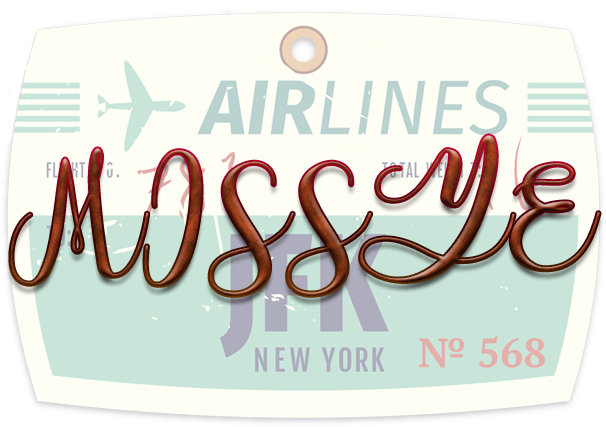27 Jan Cut Calories without Dieting…….
Hey people ,
So with the start of the new year, everyone is trying to get into shape and as a result they fall off the wagon pretty quickly …
The word “diet” doesn’t always mean eating less to lose weight—although that’s what we commonly associate it with today. Someone “on a diet” is trying to eat less, or stop eating sweets to fit into a smaller pant size.
Diet has another meaning. It also describes the food that you normally consume—following a vegetarian diet, an American diet, or “My diet consists of meat and potatoes.” Improving your normal diet by making gradual, but permanent changes is a healthier way to lose weight than by just restricting calories.
Low calorie and fad diets can have serious health implications—insufficient vitamin and nutritional intake, lethargy, slowed metabolism, hormonal effects, and even dehydration. Dieters commonly experience intense feelings of hunger and deprivation, which can lead to “cheating” or bingeing over time.
Here are a few tips to help you decrease your caloric intake without “dieting” or feeling deprived.
Don’t eyeball it
Studies show that people tend to underestimate how much they really eat every day. In doing so, we consume too many calories without realizing it. Research shows that keeping a log by recording exercise and food intake is one of the best predictors of successful weight loss.
- A written record can point out your eating patterns (eating in front of the TV or in the car, eating the same breakfast every day), triggers (stress, sadness, boredom, time of day), and areas where nutritional changes can be made. You may find that you are eating less fruits than you thought or drinking too much soda, for example. Then you’ll know where you can implement healthy changes.
- Reading food labels is key to healthy portion sizes. At a quick glance, a bottle of juice (or bag of chips, candy bar, or frozen entrée) may appear to contain 100 calories, but a closer look will reveal that the package includes two or more servings, which doubles the caloric content.
- After familiarizing yourself with portion sizes, be sure to measure. Be exact if cooking at home, but when eating out, think about common objects. Two tablespoons of peanut butter, mayo, or dressing is about the size of a golf ball. A serving of meat is the size of a deck of cards or the palm of your hand. A medium piece of fruit is similar to a baseball.
- Having trouble stopping at one serving of pretzels or chips? Buy single-serving packages of your favorite foods for built-in portion control, or measure out single servings into baggies or containers.
Hold the fat It’s important to remember that not all fats are bad. Certain oils (olive, canola), and nuts are nutritious and healthy to eat. However, fat does have more than twice the caloriesper gram than carbohydrates and protein (9, 4, and 4, respectively). And generally, people consume too much and the wrong kinds of fats, which means excessive calories.
- When cooking, limit the amount of oil you use by using a non-stick pan. You can also use spray-able oils (avoid substitutes and go for the real olive and canola oil sprays) to coat your pans with virtually zero calories. A MISTO sprayer, available in department stores, can evenly distribute 1/2 teaspoon of oil or salad dressing, compared to the 2-3 teaspoons that you would usually pour on for the same purpose—a savings of 100 calories.
- Skimp on butters, dressings, and creams, using just enough for taste. Try a baked potato flavored with salsa rather than butter, and forgo the “secret sauce” on your favorite burger. Search for lite or reduced-fat versions of certain condiments, like dressings and sauces. One serving of lite mayo has less than half the calories (85) of regular mayo (200), but is almost identical taste and texture.
- Blotting the fat from greasy foods like cheese pizza or burgers is also worth the effort. One could easily soak up a teaspoon of grease, 5 grams of fat, and 40 calories from two slices of pizza alone.
- Add flavor to foods without excess calories and fat by using herbs, fresh or dried. An added bonus: studies show that spicy foods, flavored with red peppers or chili peppers, may boost metabolism and help you to stop eating sooner.
- When cutting out high-fat and high-calorie foods, replace them with fruits and vegetables. These essentials are low in calories, but high in volume, fiber and nutrients, which can give a feeling of fullness. They make great snacks and are easy to pack. Stick to whole foods as much as possible. A potato is a better option than an order of fries, just as an apple is healthier than a slice of apple pie.
Drink water, not alcohol
Not only does alcohol contain 7 calories per gram, but it also lowers self-control when it comes to food. Limit your alcohol intake and your body will thank you. Save alcohol for a post-meal indulgence, rather than drinking it before or with food. Studies show that alcohol lowers inhibitions and control when it comes to eating, causing people to eat more than those who waited to drink after finishing a meal.
Drink water throughout the day, before, and during meals to help curb your appetite. Oftentimes, people think they are hungry when they are actually thirsty or dehydrated. Dehydration can slow metabolism, but the process of drinking water and warming it to body temperature involves energy and burns calories.
Happy Eating !
Until da Next Tyme!

No Comments